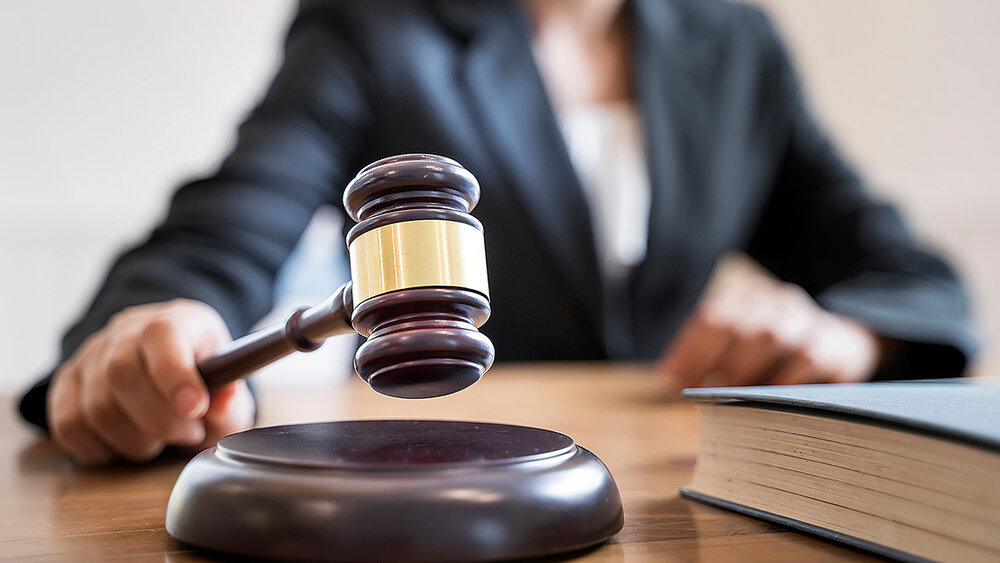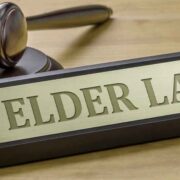
“Legitimate Research: How to Find and Understand the Law” by Attorney Stephen Elias and the Editors of Nolo is another book in the tremendous lawful library distributed by Nolo, a distributer that highly esteems making the law open to everybody. I’m a lawyer, I actually like the books put out by Nolo, particularly the ones on territories I’m not as acquainted with, but rather need a little information. Nolo consistently conveys.
Not every person can manage the cost of Lexis or Westlaw, the two greatest endorser dependent on line lawful assets. In graduate school we approached both, in light of the fact that the two organizations needed to win your reliability for when you kicked out and off rehearsing. Numerous organizations have either, and I guess enormous firms may buy in to both. Indeed, even with admittance to one of these, I find that I can regularly discover things quicker and simpler with free assets. Numerous states have resolutions and such on-line nowadays. Increasingly more are opening up constantly.
That is the place the book “Lawful Research” comes in. It gives simple to follow research techniques to assist you with addressing your lawful inquiries. The book has areas for on-line research just as data with respect to law libraries for the individuals who approach one.
The book comprises of 386 pages isolated among ten data pressed sections. The parts include:
One: Understanding the Basics of the Law. Brief depictions of what the law is, wellsprings of law, state versus government law, and the court framework. Excessively fundamental for a lawyer, yet for the layman the book was composed for, this is a decent presentation.
Two: Finding Legal Resources. This part clarifies where legitimate data is found, essential and auxiliary sources, web assets for lawful themes, and lawful exploration sites. It incorporates Lexis and Westlaw, yet additionally different locales that are free. I like the tips and alerts all through the book also. Great alert that few out of every odd supposition you find is acceptable law. Evident to somebody who had it penetrated into them during graduate school, however likely not known to numerous laypeople.
Three: Identifying Your Legal Issue. Things to know before you go looking, as is the case common or criminal, sorting out the region of law you need to investigate, what assets will assist you with what you have to discover, and sorting out your legitimate examination question. This is significant, you need to recognize what you’re truly searching for before you go looking.
Four: Finding and Using Secondary Sources. This part investigates sources, for example, online assets (counting somewhat about choosing if dependable), self improvement lawful books, lawful reference books, structure books, practice manuals, proceeding with legitimate instruction distributions, law audits, etc. Numerous law offices will have a ton of these sorts of assets, and you will discover much more at a law library. This part gives a short review of what these sources are.
Five: Finding and Using Constitutions, Statutes, Regulations, and Ordinances. These are the greater part of authoritatively or officially made law. This section discloses how to discover these assets and how to utilize them. It covers finding and utilizing constitutions, discovering government resolutions, discovering state rules, getting them, discovering guidelines and different standards and statutes. These are significant relying upon your specific issue. This part is a decent prologue to this universe of “laws” for those that are diagramming a new area.
Six: Finding Cases. A portion of our law isn’t found in rules, yet in the choices of cases that have just been chosen. These cases deciphered laws and are currently the standard until council transforms it, or another case overrules it. Roe v. Swim is a case of a popular case that is hoped to with respect to fetus removal law. This part enables the peruser to figure out how to utilize references to discover cases, discover cases on the web, discover cases in the law library.











